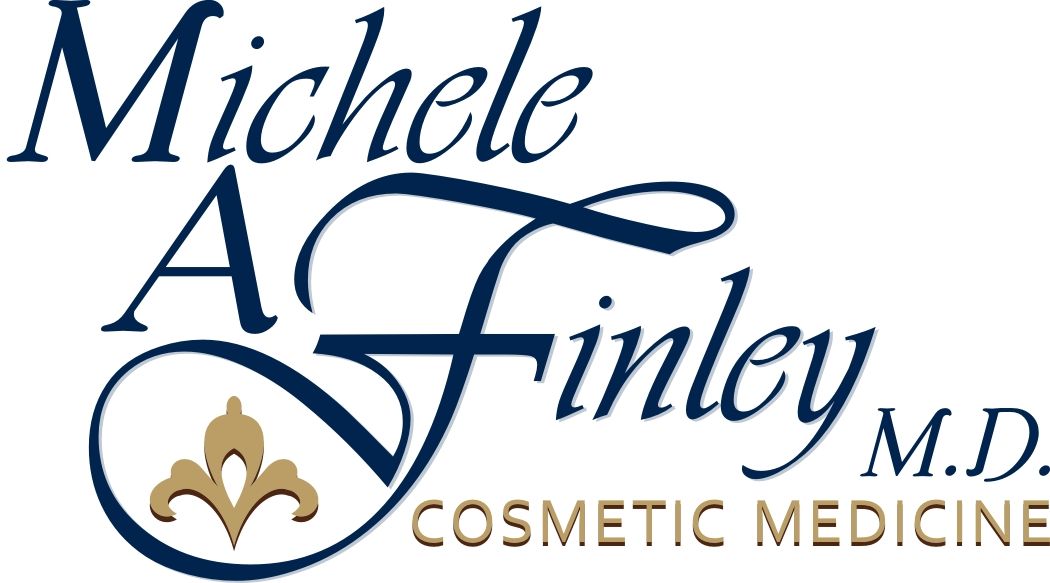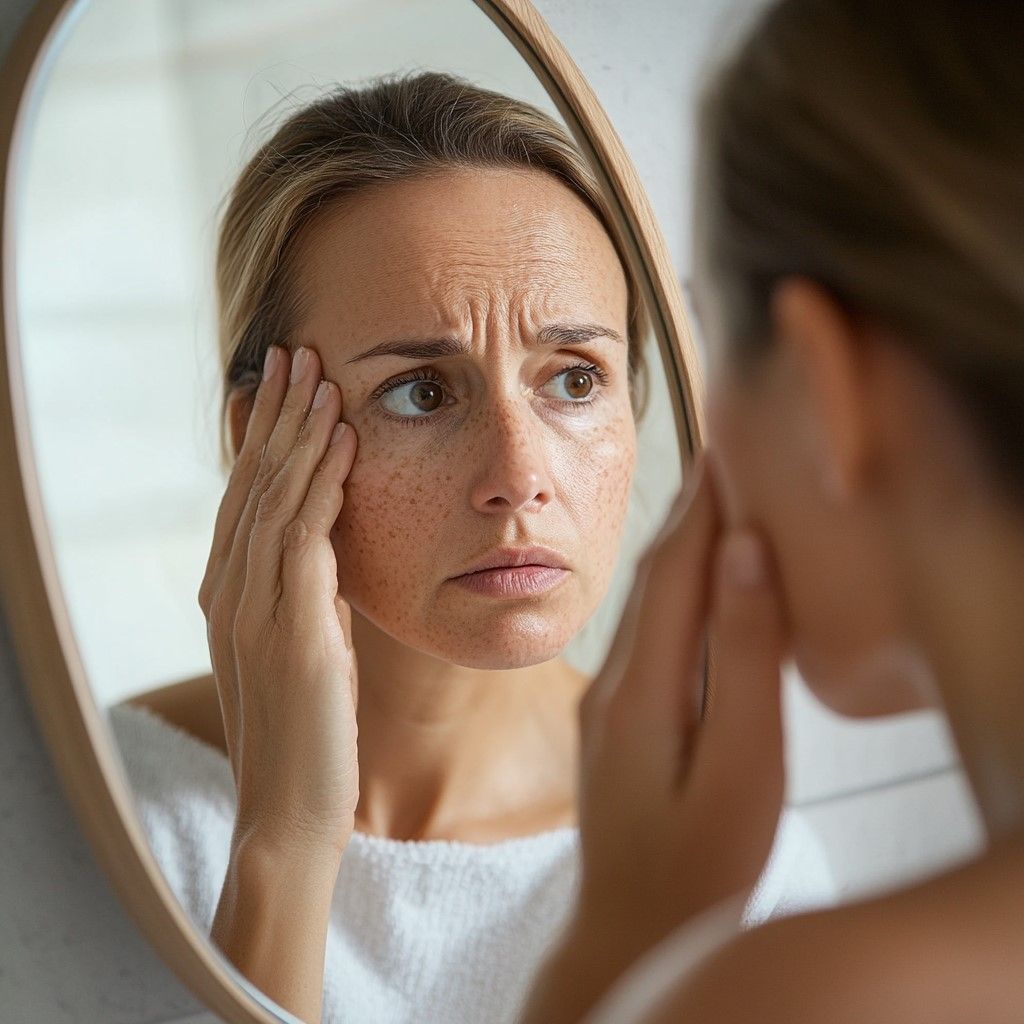
Imagine glancing in the mirror one morning and noticing a sprinkling of brown spots across your cheeks or hands. These unexpected guests can be unsettling, especially when they seem to appear out of nowhere. Brown spots, medically known as hyperpigmentation, are a common skin concern that many individuals face as they age.
Understanding their origins and exploring effective treatments can help you regain confidence in your skin's unique appearance.
What Are Brown Spots?
Brown spots are flat, darkened areas of the skin that vary in size. These usually appear on sun-exposed regions such as the face, hands, shoulders, and arms. They result from an overproduction of melanin, the pigment responsible for skin color.
Types of Brown Spots on Skin
Brown spots on the skin, known as hyperpigmentation, manifest in different forms, each with distinct characteristics and causes.
Age Spots (Liver Spots)
Age spots are small, flat, dark areas that grow due to prolonged sun exposure over the years. They commonly appear on sun-exposed areas such as the face, hands, shoulders, and arms. These spots are benign and are a result of an overproduction of melanin triggered by ultraviolet (UV) light exposure.
Sunspots
Sunspots are similar to age spots and are caused by cumulative sun exposure. They are flat, brown spots that appear on areas of the skin that have the most sun exposure, such as the face, hands, and arms. Like age spots, sunspots are harmless but can be a cosmetic concern for many individuals.
Melasma
Melasma presents as larger patches of brown or gray-brown skin discoloration, often triggered by hormonal changes, particularly in women that are taking birth control pills or during pregnancy. It commonly appears on the face, especially the cheeks, forehead, and upper lip. Sun exposure can exacerbate melasma, making sun protection a crucial aspect.
Common Causes of Brown Spots
There are several factors that can contribute to the development of brown spots:
- Sun Exposure and UV Radiation: Ultraviolet (UV) rays accelerate melanin production, leading to sunspots and age spots. Cumulative sun exposure over time increases the likelihood of these spots appearing.
- Hormonal Changes: Fluctuations in hormones, especially during pregnancy or menopause, can stimulate melanin production, resulting in conditions like melasma.
- Post-Inflammatory Hyperpigmentation: Skin injuries or inflammations, such as acne, eczema, or cuts, can leave behind darkened areas as the skin heals.
- Genetic Factors: A predisposition to developing brown spots can run in families, making some individuals more susceptible due to their genetic makeup.
How to Prevent Brown Spots on Skin
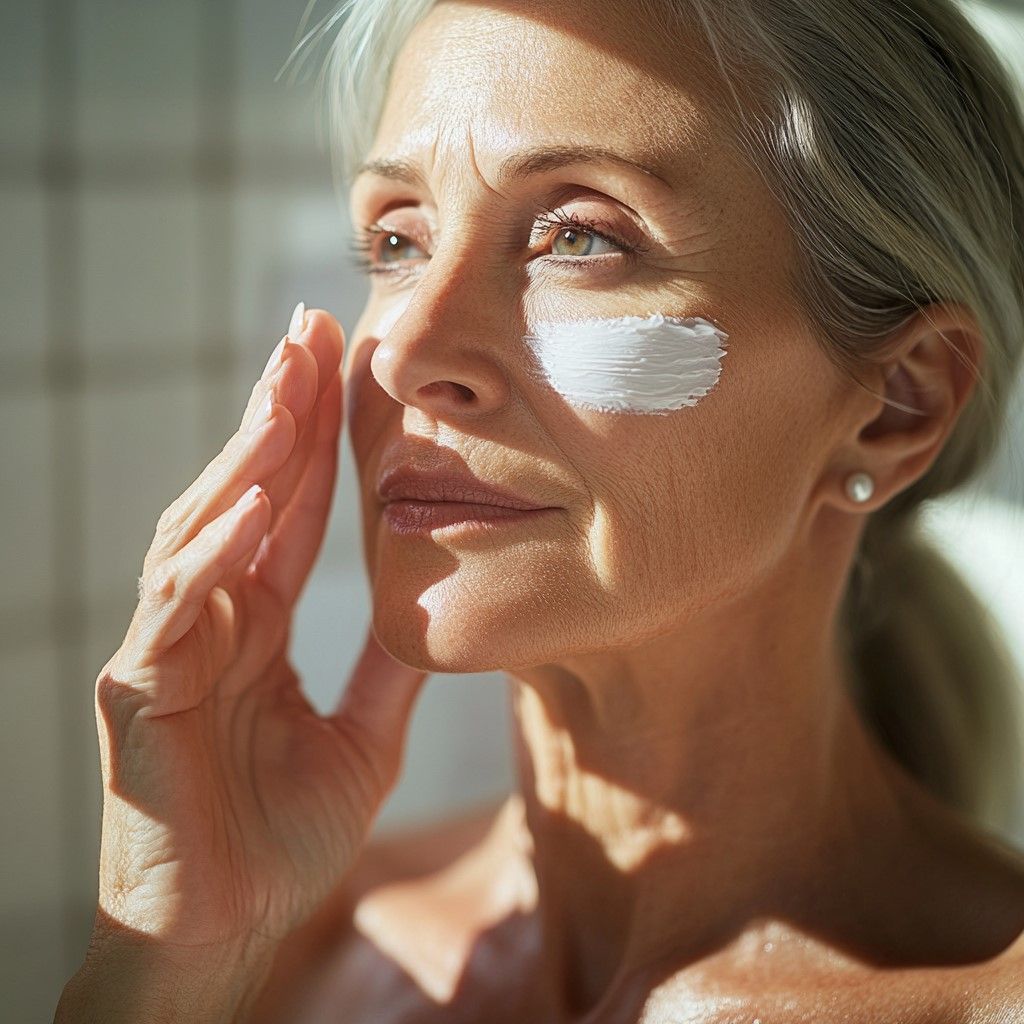
Preventing brown spots starts with proactive care and mindful habits. Here are some proven strategies to help keep your skin even-toned and healthy:
Sun Protection
Protecting your skin from UV radiation is paramount in preventing brown spots:
- Use of Broad-Spectrum Sunscreen: Apply sunscreen with an SPF of at least 30 every day, even at night or on cloudy days. Reapply every two hours and after sweating or swimming.
- Protective Clothing and Accessories: Wear wide-brimmed hats, long sleeves, and protective sunglasses to shield your skin from direct sunlight.
- Avoiding Peak Sun Hours: Limit sun exposure around 10 a.m. and 4 p.m., when UV rays are strongest.
Skincare Routine
Incorporating specific practices into your skincare routine can help maintain an even skin tone:
- Regular Exfoliation: Softly exfoliate your skin to remove dead skin cells and promote cell regeneration. This process can help reduce the appearance of brown spots.
- Incorporation of Antioxidants: Use serums containing antioxidants like Vitamin C to combat oxidative stress and brighten the skin.
- Hydration and Moisturization: Keep your skin well-hydrated to maintain its barrier function and overall health.
Over-the-Counter Treatments
Topical Creams
Several over-the-counter products can aid in lightening brown spots:
- Hydroquinone-Based Products: Hydroquinone is a skin-lightening agent that decreases melanin production. Over-the-counter creams typically contain up to 2% hydroquinone. It's essential to follow usage instructions carefully to avoid potential side effects.
- Retinoids: Derived from Vitamin A, retinoids promote cell turnover and can fade hyperpigmentation over time. They may cause skin irritation, so it's advisable to start with lower concentrations and increase gradually.
Natural Remedies
Some individuals prefer natural alternatives to address brown spots:
- Aloe Vera: Known for its soothing properties, aloe vera may help lighten hyperpigmentation with consistent use.
- Licorice Extract: Compounds in licorice extract can inhibit melanin production, potentially reducing the appearance of dark spots.
- Efficacy and Safety Considerations: While natural remedies can be beneficial, their effectiveness varies, and they may not work for everyone. It's crucial to monitor your skin's response and consult a dermatologist if needed.
Professional Skin Treatments Available in Carmel, IN
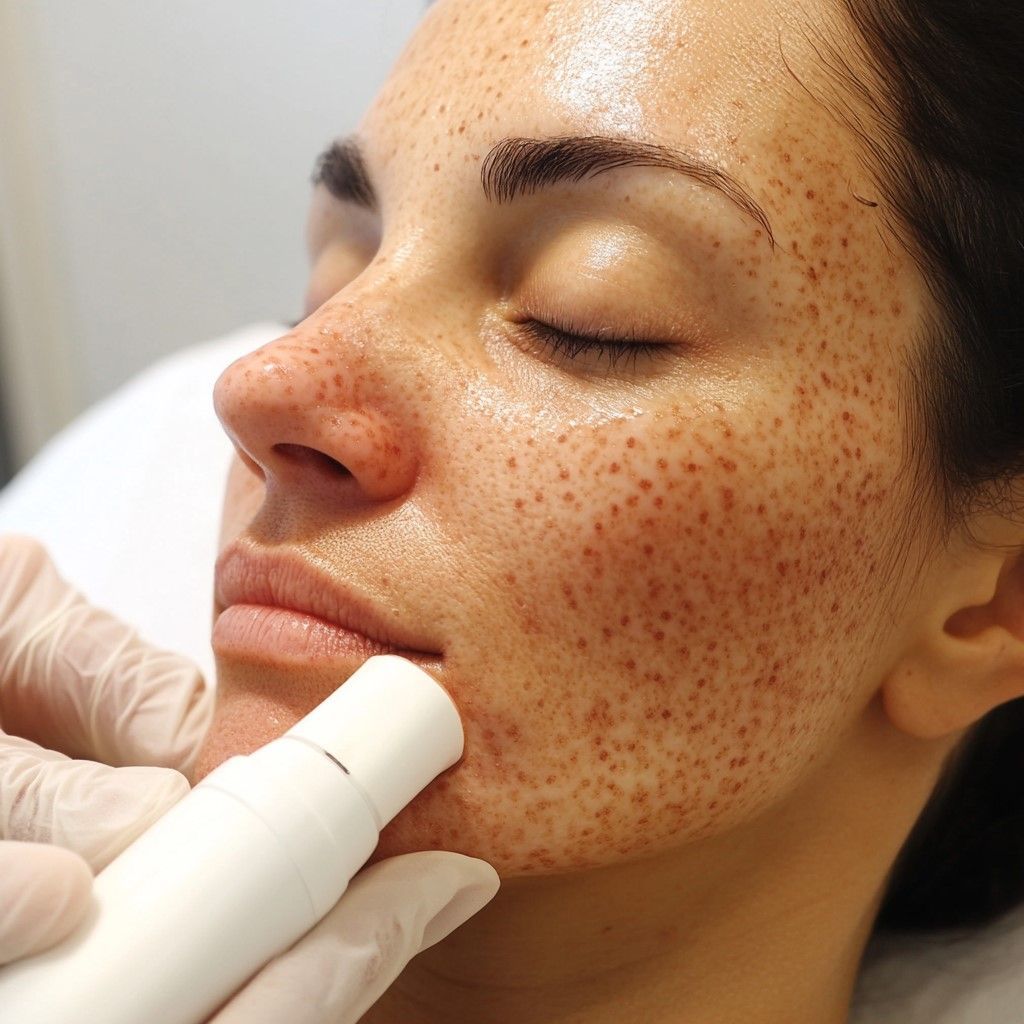
For more persistent or pronounced brown spots, professional treatments offer effective solutions:
Laser Therapies
- Intense Pulsed Light (IPL) Therapy: IPL uses broad-spectrum light to break down melanin, reducing the appearance of brown spots. For optimal results, multiple sessions may be required.
- Fractional Laser Treatments: These lasers create micro-injuries in the skin, allowing new skin growth and reducing hyperpigmentation. Recovery time varies depending on the treatment's intensity.
Chemical Peels
- Types of Peels: Chemical peels involve applying a solution to exfoliate the skin's surface. Superficial peels use mild acids like alpha-hydroxy acids, medium peels may use trichloroacetic acid, and deep peels often involve phenol.
- Expected Outcomes and Recovery: Peels can improve skin texture and tone. Recovery times range from a few days for superficial peels to several weeks for deep peels.
Microdermabrasion
- Procedure Overview: This non-invasive treatment uses a device to exfoliate the outer layer of skin, triggering new skin growth.
- Benefits for Brown Spot Reduction: Microdermabrasion can help lighten brown spots and improve overall skin appearance with minimal downtime.
Personalized Treatment Plans at Michele A. Finley MD - Cosmetic Medicine
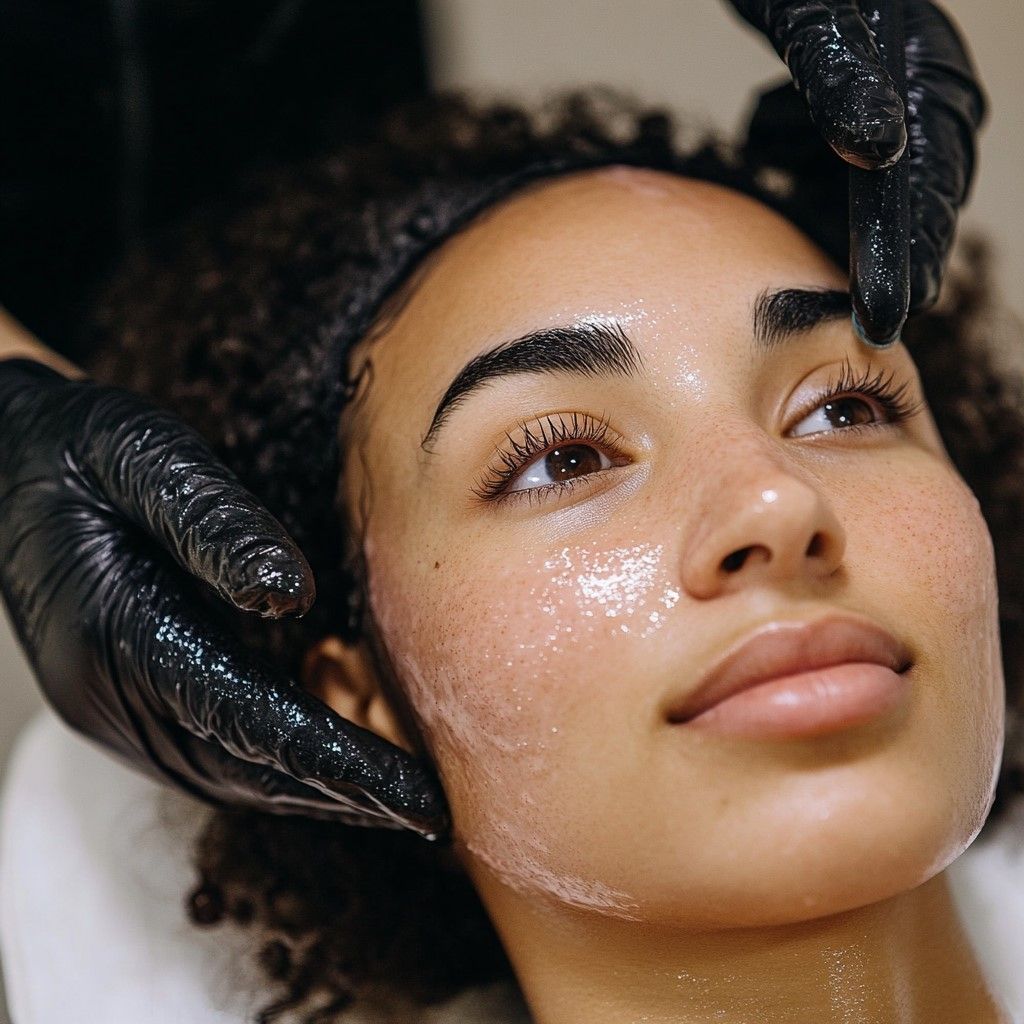
Located in Carmel, IN, Dr. Michele A. Finley brings over two decades of experience in non-surgical aesthetic medicine, offering a wealth of knowledge and expertise in treating hyperpigmentation. Her approach combines advanced technology with personalized care to achieve natural-looking results.
Advanced Treatment Options
We offer different advanced skin treatment options to address brown spots effectively:
- Glacial Rx – A lightening and brightening treatment for pigmentation concerns like melasma and sunspots. Benefits include an even skin tone, reduced hyperpigmentation, and a refreshed appearance.
- PRX Peel – A chemical peel designed for skin rejuvenation, acne scars, and hyperpigmentation. It improves skin texture, minimizes imperfections, and delivers a youthful glow.
- Exion Fractional RF Microneedling – Uses energy to penetrate deep skin layers without inserting needles, helping with wrinkles, sagging skin, and acne scars. This treatment promotes skin tightening, collagen stimulation, and improved texture.
- Clear and Brilliant – Creates microscopic treatment zones in the upper skin layer to replace damaged tissue with fresh, healthy skin. This treatment improves signs of aging, red and dark spots, acne scars, and skin texture.
Our commitment is to provide you with the most effective and advanced treatments available, ensuring that your journey to clearer, more radiant skin is both safe and satisfying.
Post-Treatment Care and Maintenance
Achieving your desired skin appearance is a collaborative effort that extends beyond the treatment sessions. Proper post-treatment care and ongoing maintenance are crucial to sustaining and enhancing the results.
Immediate Aftercare
After treatment, you might experience mild swelling, redness, or sensitivity in the treated areas. To manage these symptoms:
- Gentle Cleansing: Ensure that a mild cleanser is used to keep the area clean without causing irritation.
- Moisturization: Apply a hydrating, non-comedogenic moisturizer to support the skin's healing process.
- Sun Protection: Protect your treated skin from harmful sun exposure by regularly applying sunscreen and wearing protective clothing.
It's important to stay away from harsh skincare regimens, such as products containing exfoliating agents or retinoids until your skin has fully healed. Following these guidelines will support healing and improve treatment results.
Long-Term Skin Health
Maintaining the results of your treatment requires a commitment to long-term skin health:
- Continued Sun Protection: Apply sunscreen daily to protect your skin and prevent new brown spots.
- Regular Follow-Up Treatments: Maintenance sessions may be needed to maintain and enhance your results, depending on your skin and treatment.
- Healthy Skincare Routine: Use products that promote skin health, such as antioxidants, gentle exfoliants, and hydrating agents, to keep your skin looking its best.
You can enjoy long-lasting improvements in your skin's appearance when you follow these healthy practices.
Frequently Asked Questions (FAQs)
1. What causes brown spots to develop on the skin?
Brown spots, or hyperpigmentation, develop due to an overproduction of melanin. Factors such as sun exposure, skin injuries, hormonal changes, and genetics can contribute to their formation.
2. Are brown spots a sign of a more serious health issue?
In most cases, brown spots are benign and not indicative of serious health problems. However, it's essential to monitor any changes in their appearance and consult a healthcare professional if you notice irregularities, as some skin cancers can mimic benign pigmentation.
3. Can over-the-counter products effectively remove brown spots?
Over-the-counter products containing ingredients like hydroquinone or retinoids can lighten brown spots over time. However, their effectiveness varies, and more pronounced pigmentation may require professional treatments for optimal results.
4. How many treatment sessions are typically required to see results?
The number of sessions needed depends on the treatment type and the severity of the pigmentation. Some clients may see improvement after a single session, while others might need multiple treatments to attain the desired results.
5. Is there any downtime associated with professional treatments?
Downtime varies based on the treatment. Procedures like microdermabrasion typically have minimal downtime, while more intensive strategies like deep chemical peels or certain laser therapies may require a longer recovery period. Your provider will discuss expected downtime during your consultation.
Conclusion
Treating brown spots isn't just about looks; it's about healthier, glowing skin. Understanding what causes hyperpigmentation and exploring treatment options helps you choose what works best for your skin and goals.
At Michele A. Finley, MD - Cosmetic Medicine, we develop personalized, evidence-based care to help you achieve and maintain clear, beautiful skin. Schedule a consultation with us to discuss your concerns and discover the best treatment for your skin type. You can call us at (317) 571-9966.

Dr. Michele Finley
Meet Michele Finley, MD, a renowned expert in cosmetic treatments, dedicated to enhancing your beauty and confidence with personalized care and precision.
